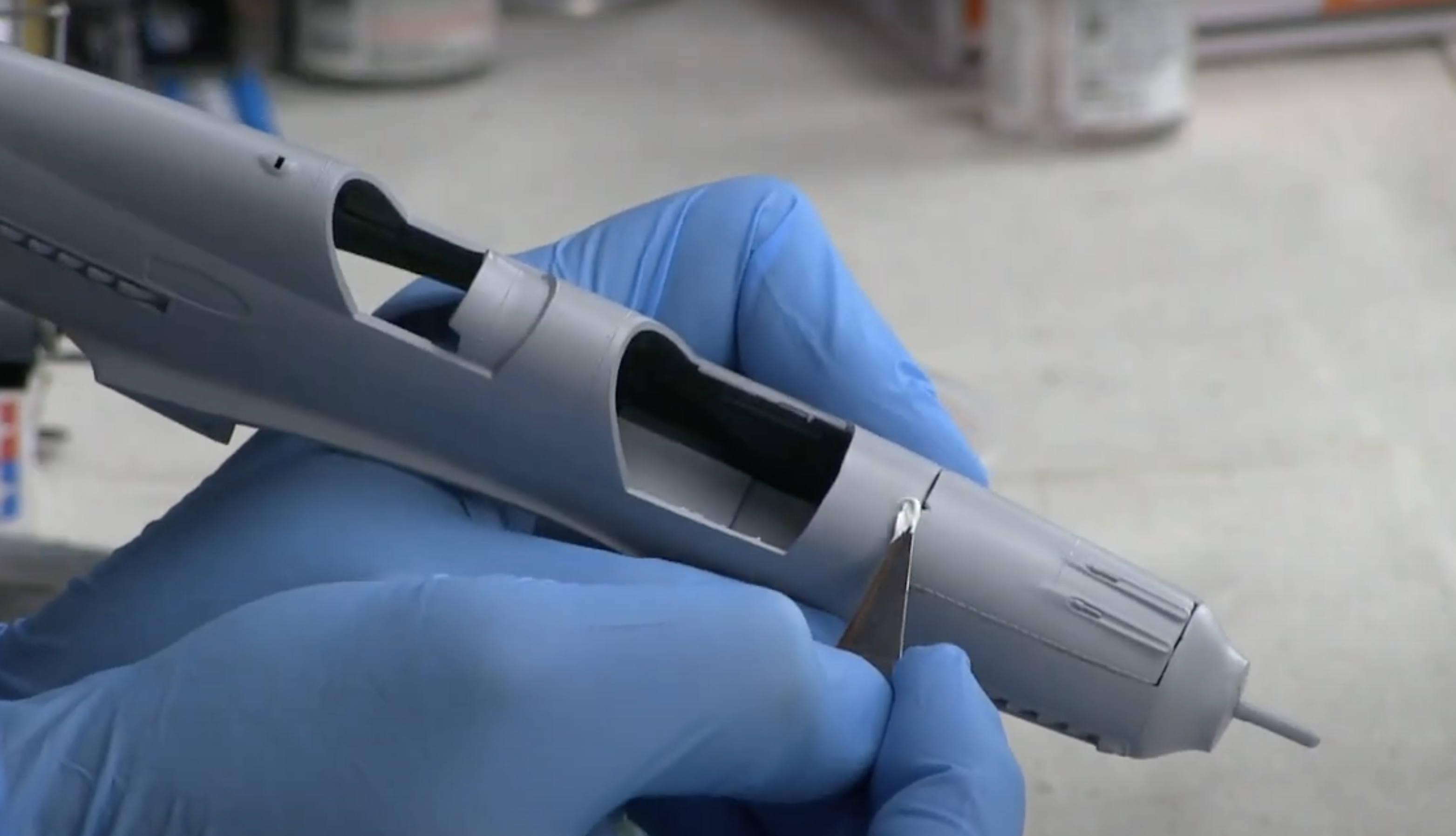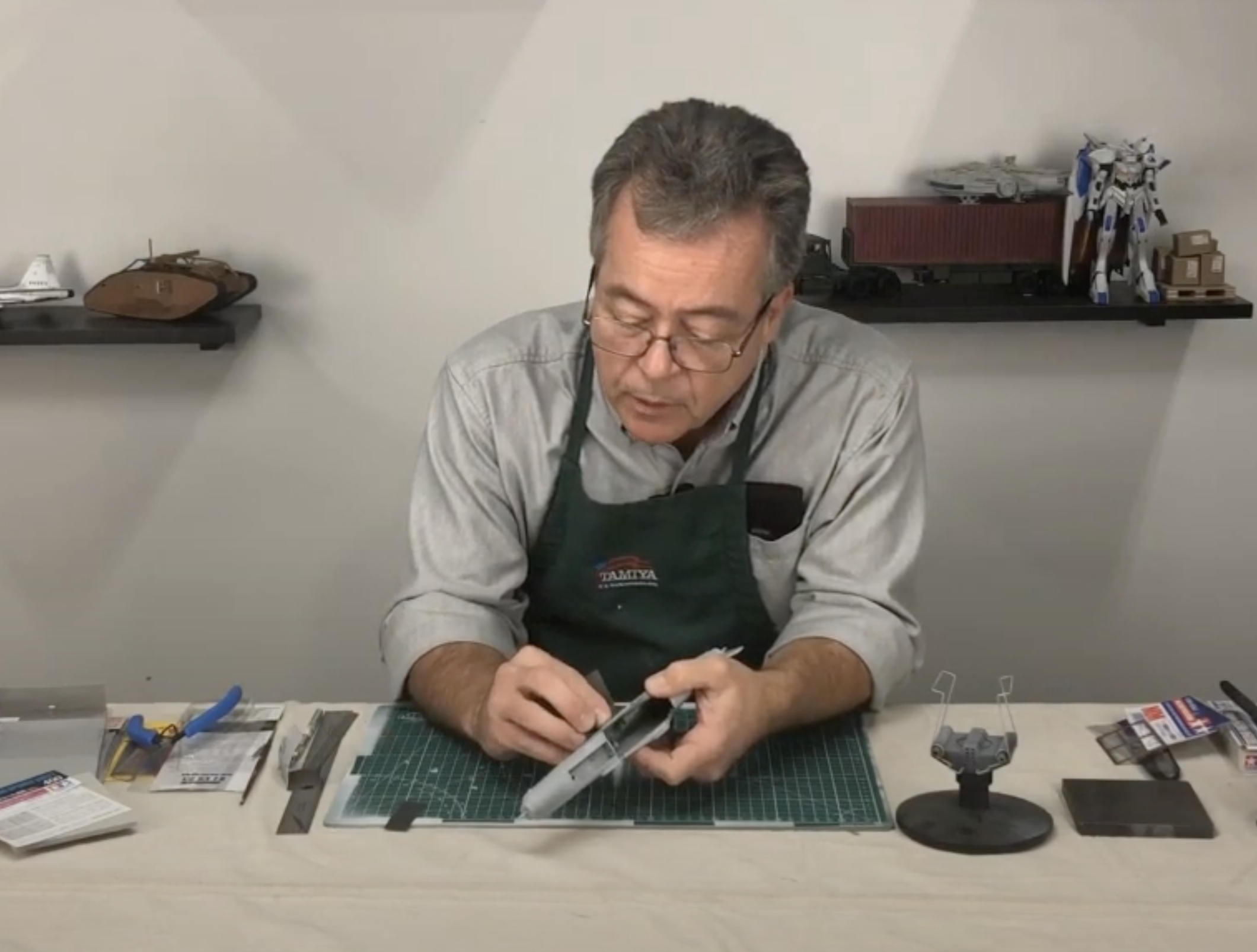Sanding and Puttying a Plastic Model Kit
Posted by MegaHobby.com on Feb 21st 2024
Once you've started assembling your model, the real work begins—puttying and sanding to achieve a flawless finish. Identifying imperfections, even after priming, is crucial. Seam lines, gaps, or uneven surfaces become visible, demanding attention before proceeding further.

Tamiya or Vallejo putty are the go-to choices for putty, though there are many options available. These putties bond effectively with plastic and are ideal for significant imperfections. Using tools like old hobby blades, popsicle sticks, or silicone brushes, apply the putty carefully, ensuring it fills the gaps without excessive spillage. This process demands precision; you're essentially sculpting the surface to achieve a smooth contour.
Vallejo acrylic putty is perfect for smaller blemishes or slight surface irregularities. Its water-based nature allows for easier application and smoothening. Apply it delicately, focusing on areas with minor gaps or indentations. The trick here is to use a touch of water to smooth the putty, keeping it within the imperfections while removing excess.
Once the putty is applied and dried, the meticulous sanding process begins. Using a 400-grit sandpaper, gently sand the surface. The goal is not to remove the putty entirely but to ensure it remains within the imperfections, smoothing the surface without creating new irregularities.
 As you sand, pay attention to the changing texture. The putty should stay in the gaps or over imperfections while the surrounding area gradually becomes smooth. This step is like sculpting or refining a piece of art, requiring a delicate touch and a keen eye for detail.
As you sand, pay attention to the changing texture. The putty should stay in the gaps or over imperfections while the surrounding area gradually becomes smooth. This step is like sculpting or refining a piece of art, requiring a delicate touch and a keen eye for detail.
After sanding, inspect the model. You'll notice the imperfections have reduced significantly, creating a more even surface. However, additional coats of primer might be necessary to identify any remaining flaws or areas requiring further attention.
This process of puttying and sanding might need repetition until the desired finish is achieved. It's a time-consuming but rewarding aspect of model making, as it transforms a basic assembly into a professionally finished model. Remember, patience and precision are key—each step brings you closer to a flawless final result.

